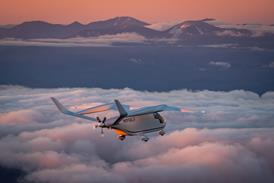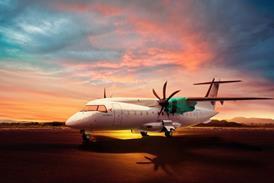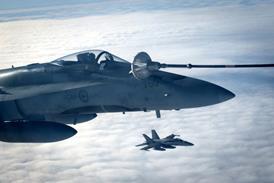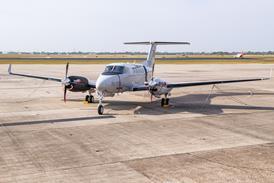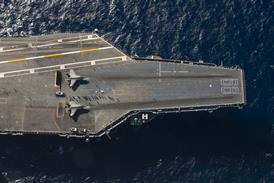At 1530GMT countdown resumed at T-3hr and the crew of the Space Shuttle Discovery began making their way to pad 39B minutes later with an expected launch time today of 1926, but clouds continue to overshadow the preparations with a technically ready Orbiter but uncertain weather forecast.
|
|---|
| Kennedy Space Center's media centre's screen showing the weather 'green' go and 'red' no-go criteria for launch |
Lightening and the Anvil type clouds that contain the electrical charge for it cannot be within 17.3nm (32km) of the Shuttle or its possible abort flight paths.
Yesterday Discovery's launch for International Space Station logistics mission STS-121 was delayed 23hr 38min due to concerns over the presence of electrified Anvil clouds in the area. NASA determined that there were Anvil clouds within 17.3nm of Kennedy Space Center (KSC).
The Orbiter was expected to launch at 1948 from KSC’s pad 39B during a 9min window lasting from 1940 and 40s to 1954 and 2s. Today the window is 10min long and starts at 1921 and ends at 1931. On 1 July NASA said that the weather was expected to deteriorate over the next two days putting in doubt the prospect of a launch before next weekend.
STS-121 is the eighteenth US mission to the ISS and it would be the 32nd flight for Discovery. The mission commander is Steven Lindsey and his crew of five NASA astronauts comprises, pilot Mark Kelly, mission specialists Michael Fossum, Lisa Nowak, Stephanie Wilson and British born Piers Sellers; and European Space Agency astronaut Thomas Reiter joins them to be transported to the space station to become the third member of the current ISS Expedition 13.
This second return to flight mission will see supplies and science experiment equipment delivered, and during two or three extra vehicular activities Shuttle thermal protection system tile repair techniques tested and a communication umbilical reel assembly for the ISS’s mobile transporter replaced.
Source: Flight International


